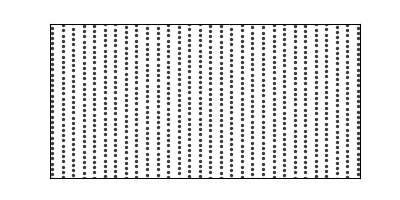Okay, so the title may seem like a YouTube viral, but yes, my friend asked me this question today:
What if a longitudinal wave superposes a transverse wave? Is it possible? What would happen then?
I felt it was an absurd thing to ask, but the thought of it drew a considerable bit of my attention. I couldn't explain why something like that couldn't happen, or even if it did, what would be the result. To demonstrate what I mean -
Imagine you have a slingy. You clip its two ends horizontally (its length parallel to the floor) and you pull a part of the slingy horizontally (parallel to its springy length).
It is now showing longitudinal compression and rarefaction. There, you already have longitudinal waves.
Now you pull it downwards and release (as if a bowstring! Imagine launching an arrow from your slingy upwards...).
What happens now? The transverse wave occurs in your slingy, making it move up and down. But at the same time it is continuously moving back and forth within itself. So -
- Will both kinds of waves show up?
- Will they look just as usual, or affect each other, "distorting" their individual appearances?
- Will this be a chaotic system (I honestly do not know this term well enough to use it, but I'm assuming it means that the system will be predictable but just too hard to predict - "sensitive dependence on initial conditions"...) ?
Just curious.


